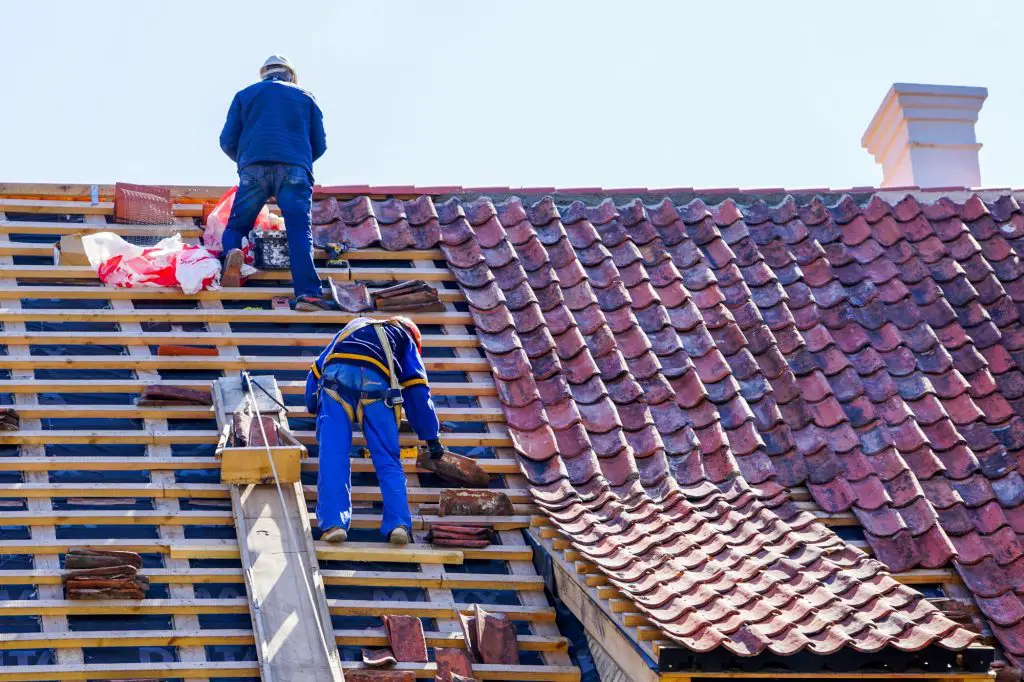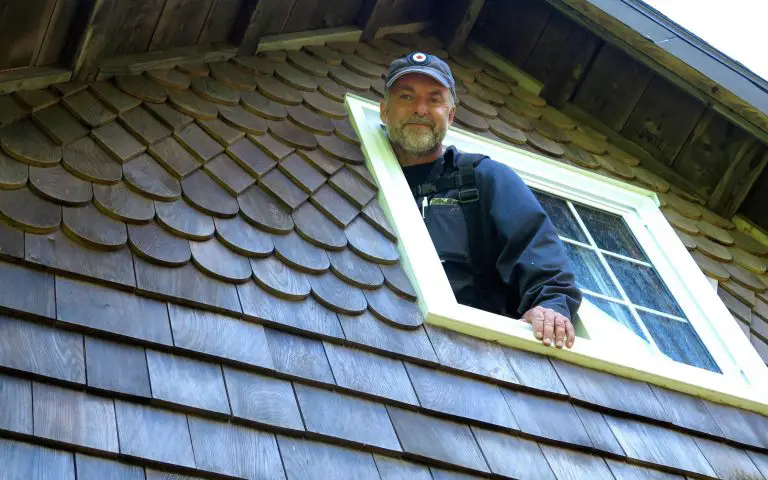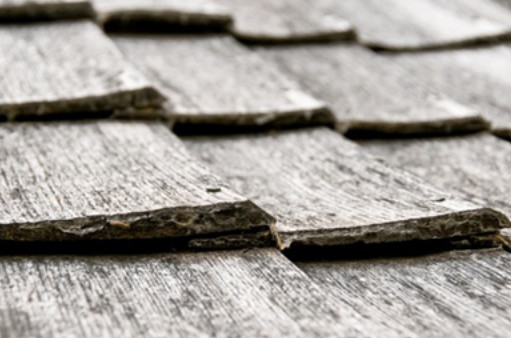Various renovation projects can help increase your home’s value. One of the most impactful and cost-effective options is to replace your roof, especially with one that improves the appearance of your house. A new roof enhances your home’s curb appeal and improves energy efficiency and protection from the elements.
The value of your home is closely linked to the condition of its roof. Although a roof may not be among the primary factors that potential buyers or sellers consider, it can significantly impact their overall perception and the outcome of a home inspection. Thus, investing in a new roof for your property can enhance its overall resale value.

Here is a step-by-step process to boost your home’s value with roofing replacement.
Step 1: Hire a reputable roofing company
The initial and crucial step in following this step-by-step guide for roof replacement is to partner with the appropriate contractor, like Braun’s Roofing and similar companies. The expertise and know-how of your contractor can significantly impact the caliber of your new roof. Moreover, they’ll guarantee your new roof is durable and resilient enough to withstand harsh elements.
Regarding roofing replacement, working with a reputable and experienced contractor is essential. Research, check reviews, and ask for references before hiring a contractor. Ensure they are licensed and insured and provide a detailed work estimate. On average, the cost to replace a roof is approximately USD$8,000, with most individuals spending between USD$5,500 to USD$11,000. However, this cost can vary depending on location, roofing material, and the size of your roof.
Failing to collaborate with a suitable contractor can lead to poor work quality. The contractor may need to gain knowledge of the latest roofing techniques or comprehend the applicable regulations regarding roof replacements. Consequently, your roof may need to comply with current standards.
Furthermore, you could jeopardize the safety of your property. If the contractor lacks worker’s compensation or liability insurance, and an accident occurs during the project, you may be liable to compensate for injuries. Any physical damages to the house during the roof replacement may also be your responsibility to cover.
Step 2: Assess your existing roof
This will help you determine the extent of the roofing replacement required. Check for any leaks, missing or damaged shingles, or signs of wear and tear. If your roof is over 20 years old, it may be time for a replacement.
Assessing your existing roof is vital in maintaining your home’s or building’s structural integrity. Regular roof inspections can help identify potential problems before they become major, saving you time and money in the long run.
Here are some crucial points to consider when assessing your existing roof:
- Age of the roof: The roof’s age can be a good indicator of its condition. A newly replaced roof typically has an average lifespan of 30 to 75 years, but weather conditions, maintenance, and installation quality can impact this lifespan.
- Signs of damage: Look for missing or broken shingles, cracks, holes, or leaks. Damaged areas should be repaired as soon as possible to prevent further damage.
- Check for water damage: Water damage of the wood roof structure can lead to mold, rot, and structural damage. Inspect your roof for signs of water damage, such as water stains on the ceiling or walls, damp insulation, or rusted metal.
- Inspect flashing and gutters: Flashing and gutters are essential to your roof’s drainage system. Check for signs of damage, such as rust or cracks, and ensure they are correctly installed and functioning.
- Hire a professional: If you need clarification on the condition of your roof or need help to inspect, hire a professional roofing contractor to perform an assessment.
Having your roof inspected is vital to ensure its structural integrity. It can help you avoid costly repairs and protect your home from the elements.
Step 3: Choose the right roofing material
In preparation for roof replacement, selecting the appropriate materials carefully is imperative. Some materials may be more suitable for specific regions than others. Opting for a material compatible with your local climate is crucial and complements your home’s desired aesthetic.
If your roof has a low pitch, it may restrict your roofing material options. For instance, wood shake shingles may not be appropriate for low-pitched roofs. With a proficient contractor, they will ensure that you make the best selection based on your home’s requirements and your financial plan.
The type of roofing material you choose can impact your home’s value. Consider factors such as durability, efficiency, energy aesthetics, and cost. Some popular options include asphalt shingles, tile roofing, metal roofing, and slate roofing. According to This Old House, the return on investment for metal roofing can vary from 60% to 85%, depending on location and the chosen metal roofing.

Step 4: Obtain the necessary permits
Obtaining the necessary permits is crucial in any construction or business project. This official document grants the holder the right to carry out a specific activity, such as construction, demolition, or business operations. These are issued by local, state, or federal government agencies, and the requirements and procedures for obtaining them can vary depending on the jurisdiction and the type of project.
Permits ensure the project complies with all applicable laws, regulations, and building codes. It also protects the safety and well-being of the public and the environment by ensuring that projects are appropriately designed, constructed, and maintained. This ensures you avoid costly fines, legal penalties, and delays in the project timeline.
Depending on your location, you may need permits to replace your roof. Check with your local building department to ensure you have the necessary permits before starting the work. Project owners typically need to submit an application and pay a fee to obtain permits. The application may require detailed information about the project, such as plans, drawings, specifications, and proof of insurance and bonding.
Step 5: Prepare your home for roofing replacement
Before the roofing work begins, prepare your home by removing any outdoor furniture, potted plants, or other items that could be damaged during the replacement process. You may also need to trim trees or bushes that could interfere with the work.
Homeowners should expect noise and disruption during the roofing replacement process, but a reputable contractor will minimize any inconvenience.
Step 6: Start the roofing replacement process
Roof replacement involves commencing the replacement process once all prerequisites are met. This process includes eliminating pre-existing roofing material, rectifying faulty decking, and installing the fresh roofing material. Additionally, your contractor will ensure your roof is appropriately ventilated during this procedure.
The new roofing materials are installed onto the roof surface at this point, with the installation time depending on the specific type of materials being used. For instance, slate installation, a pricier material, takes longer due to its susceptibility to cracking or breaking when stepped on, requiring the roofing contractor to be more careful and precise during the installation process.
Step 7: Clean up after the roofing replacement
After completing the work, your roofing contractor will help you clean up the site and remove debris. They’ll also inspect the roof to ensure everything is in order and there are no leaks or other issues. Inspect the work yourself and report any problems to your contractor immediately.
Step 8: Enjoy the benefits of your new roof
Once the roofing replacement is complete, you can enjoy the benefits of your new roof. Your home will have improved curb appeal, possibly increased energy efficiency, and protection from the elements. You’ll also have peace of mind knowing your roof is in good condition. Replacing a roof is expected to yield approximately 60% of its cost in a real estate transaction, making it one of the most cost-effective renovation projects for homeowners.
Conclusion
Replacing your roof is a great way to boost your home’s value and improve its energy efficiency and protection from the elements. Following these steps and working with a reputable contractor ensures your roofing replacement project succeeds. With the added benefits of increased curb appeal and peace of mind, a new roof is a wise investment for any homeowner.












